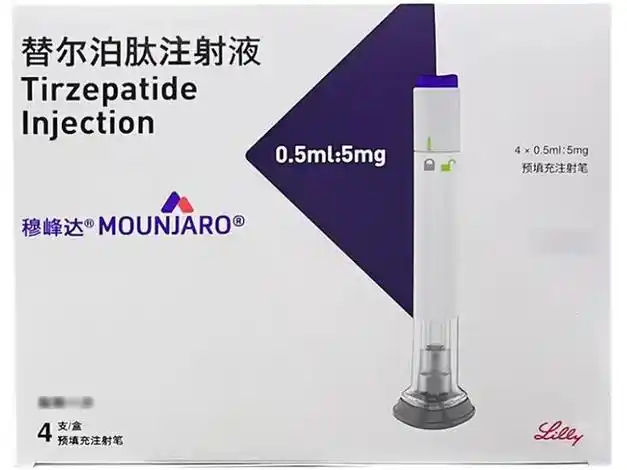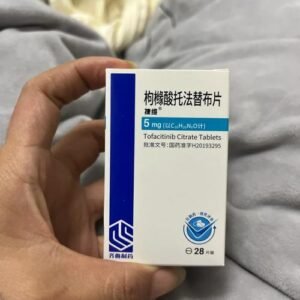Tirzepatide Injection 替尔泊肽注射液
Tepoxetine injection is a new type of hypoglycemic drug, belonging to the GLP-1 (glucagon-like peptide-1) receptor agonist. It regulates blood sugar levels by activating related receptors. It is suitable for blood sugar control in adult patients with type 2 diabetes and may have a weight loss effect. It must be used under the guidance of a doctor and cannot replace insulin treatment.
Mechanism of action and indications
Mechanism of action: By activating the GLP-1 receptor, it stimulates insulin secretion, inhibits glucagon release, and delays gastric emptying, thereby reducing postprandial blood sugar and appetite.
Indications: It is mainly used for patients with type 2 diabetes who have poor diet and exercise control. Some studies have shown that it may help improve obesity, but the indication range must be strictly followed.
Usage and side effects
Usage and dosage: It is usually injected subcutaneously, with a low starting dose, which is gradually adjusted according to the patient’s response. The specific plan needs to be formulated by a doctor.
Common side effects: Including gastrointestinal reactions such as nausea, diarrhea, and loss of appetite, most of which are alleviated with prolonged medication.
Serious risks: May cause pancreatitis and thyroid C-cell tumors (animal experiments show risks, but there is no clear evidence for humans). Related symptoms need to be monitored during medication.
Precautions and contraindications Contraindications: People who are allergic to drug ingredients, those with a personal or family history of medullary thyroid cancer, and patients with type 1 diabetes or diabetic ketoacidosis are contraindicated.
Special populations: Pregnant, lactating, and those with impaired liver and kidney function need to carefully assess the risks.
Storage conditions: Refrigerate (2-8°C) when unopened, avoid freezing or light; can be stored at room temperature for a certain period of time after opening.
Medical treatment and medication guidance Prescription drug specifications: Purchase with a doctor’s prescription, strictly follow the doctor’s instructions, and do not adjust the dose or stop the drug on your own.
Combined therapy: If used in combination with other hypoglycemic drugs (such as sulfonylureas), be alert to the risk of hypoglycemia and monitor blood sugar regularly.
Long-term management: During medication, you need to cooperate with diet control, regular exercise, and regular review of blood sugar, liver and kidney function and other indicators.
If you experience abnormal symptoms such as persistent vomiting, abdominal pain, or neck lumps, you should stop taking the medicine immediately and seek medical attention. For specific medication details and medical insurance reimbursement, please consult your attending physician or local medical institution.
Share:
Products
Our offers
Health Classification
Let us work together to protect precious health




























